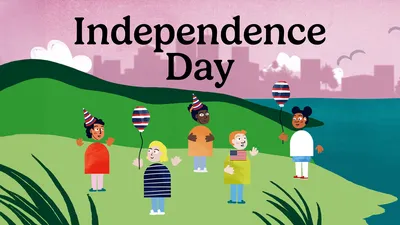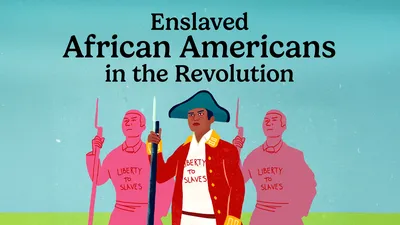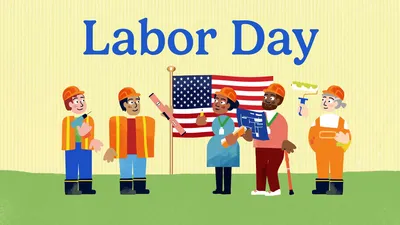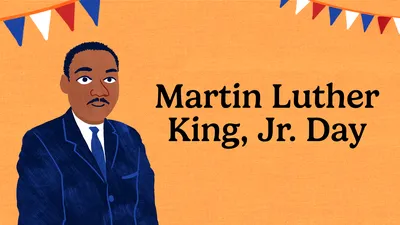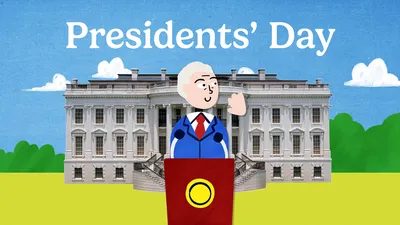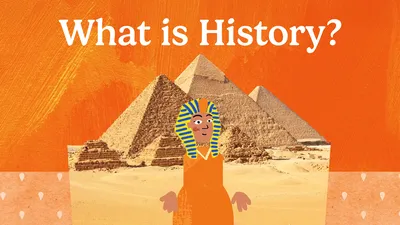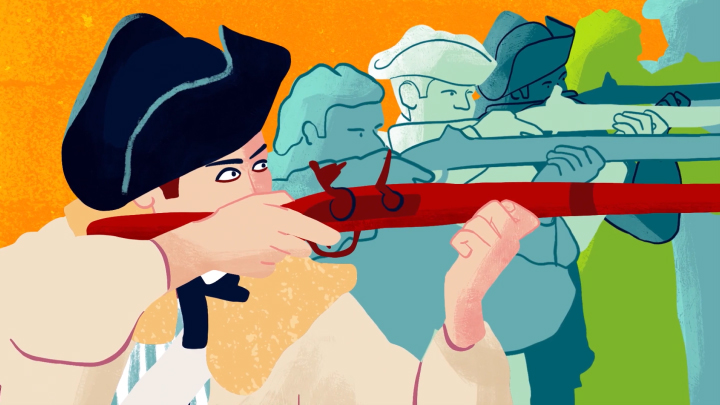
Colonial Williamsburg Foundation
The Colonial Williamsburg Foundation is a not-for-profit 501(c)3 educational institution and the largest U.S. history museum in the world.
Part of:
Design Team
Inaugural Partners
Steering Committee
Part of:
Design Team
Inaugural Partners
Steering Committee
About
The Colonial Williamsburg Foundation advances its mission — “that the future may learn from the past” — through educational programming, preservation and ongoing research.
Williamsburg was the thriving capital of Virginia when the dream of American freedom and independence was taking shape. From 1699 to 1780, Williamsburg was the political, cultural, and educational center of what was then the largest, most populous, and most influential of the American colonies. The seat of government in Virginia moved to Richmond in 1780. In 1926, the Rev. Dr. W.A.R. Goodwin, rector of Bruton Parish Church, joined with philanthropist John D. Rockefeller Jr. to restore the town to its 18th-century appearance. Today we know it as Colonial Williamsburg, a not-for-profit 501(c)3 educational institution and the largest U.S. history museum in the world. By researching and sharing the fascinating stories of those who built America, including people of all backgrounds, we can better understand history, and shape our future. And in so doing, continue our nation’s unending work to build a more perfect union.
Collection Contributions
(14)
Celebrations in America

Economic Factors Leading to the American Revolution
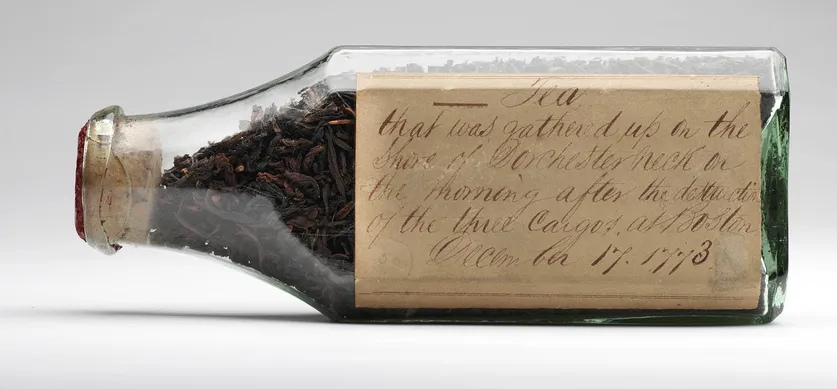
Pivotal Battles and Events of the Revolutionary War
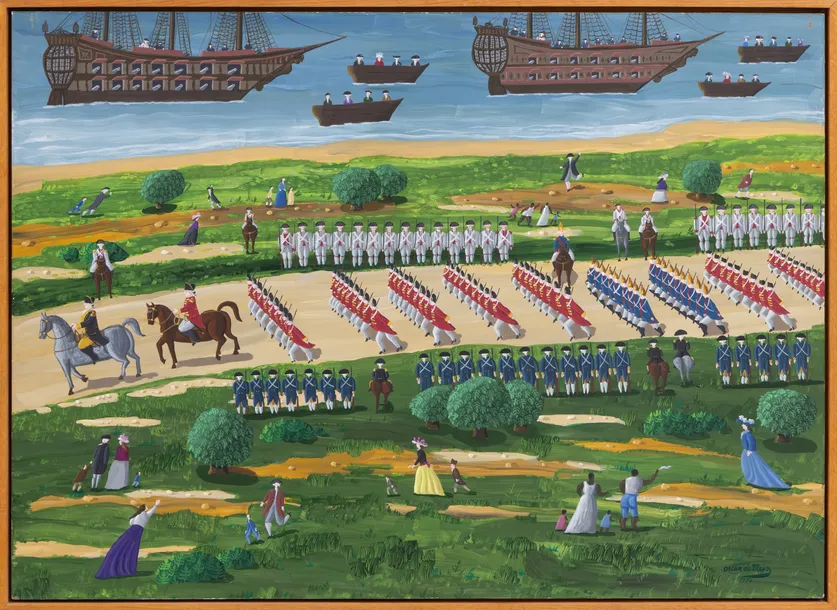
Paradox of Independence - Not Freedom for All

Branches of U.S. Government
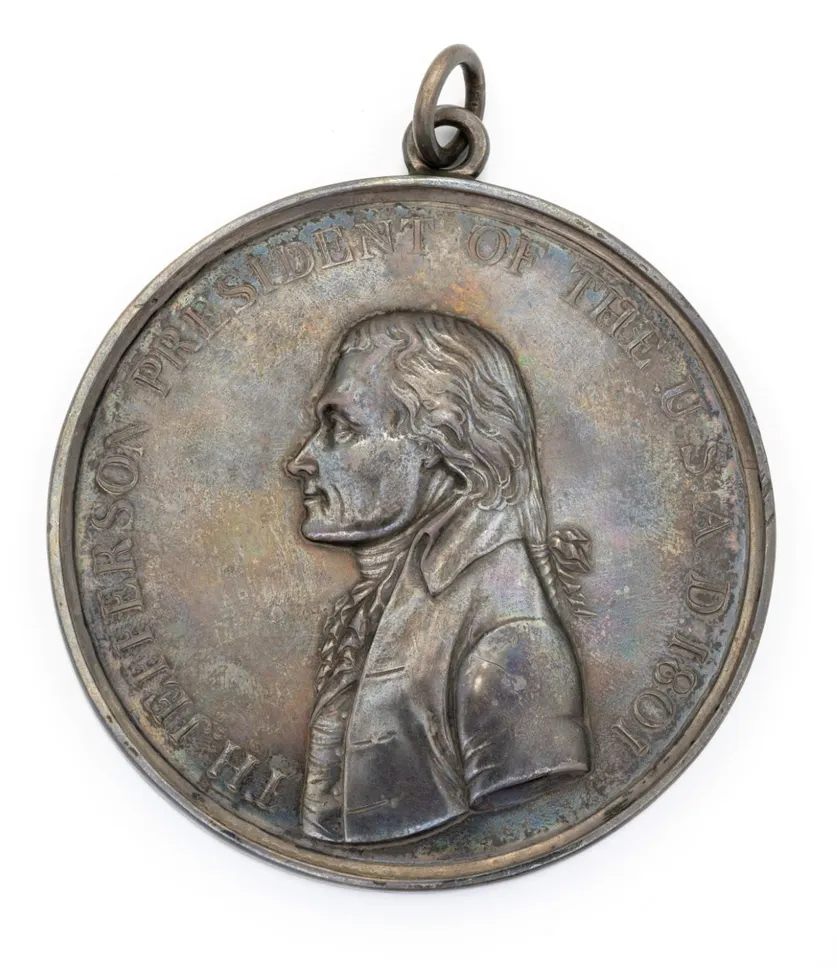
Symbols of the United States
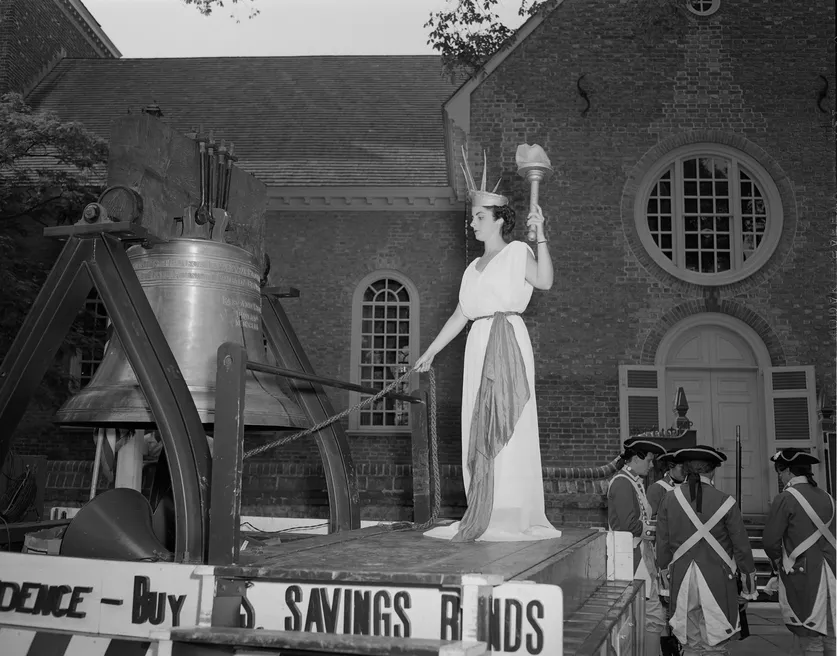
Foundations of Citizenship

Civic Virtues
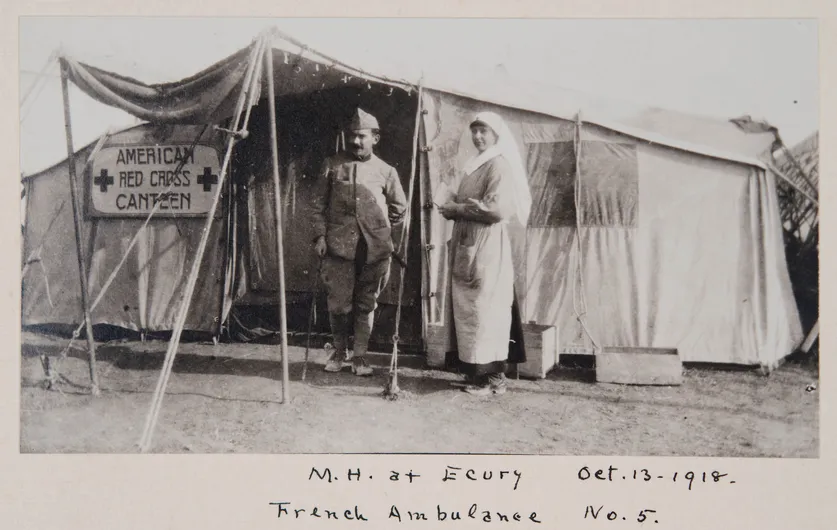
Celebrations and Remembrances in the United States

Social Studies Skills: Maps
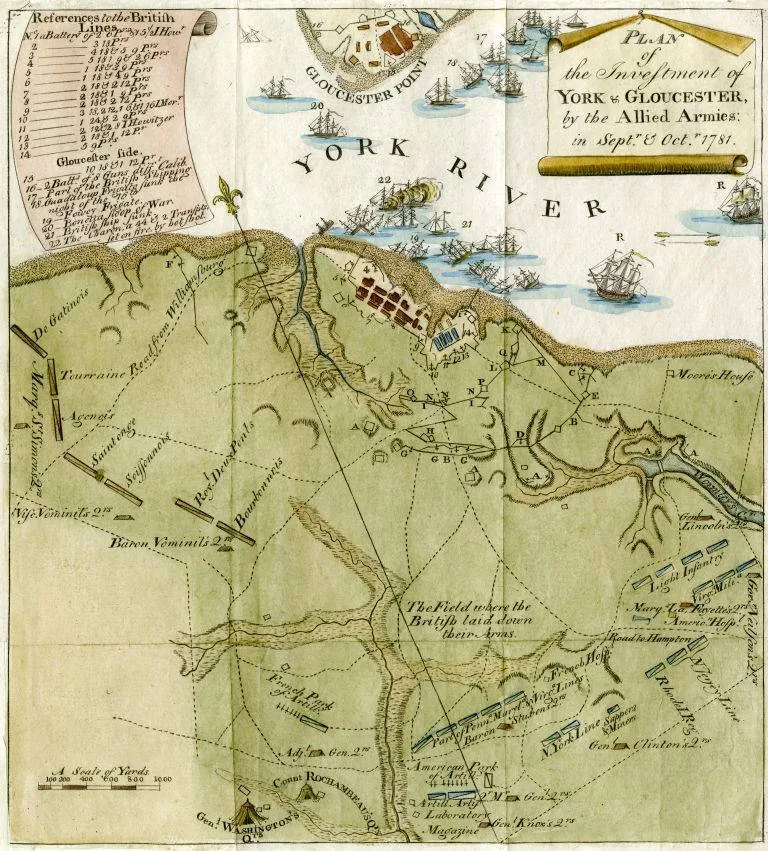
Economic Factors Leading to the American Revolution
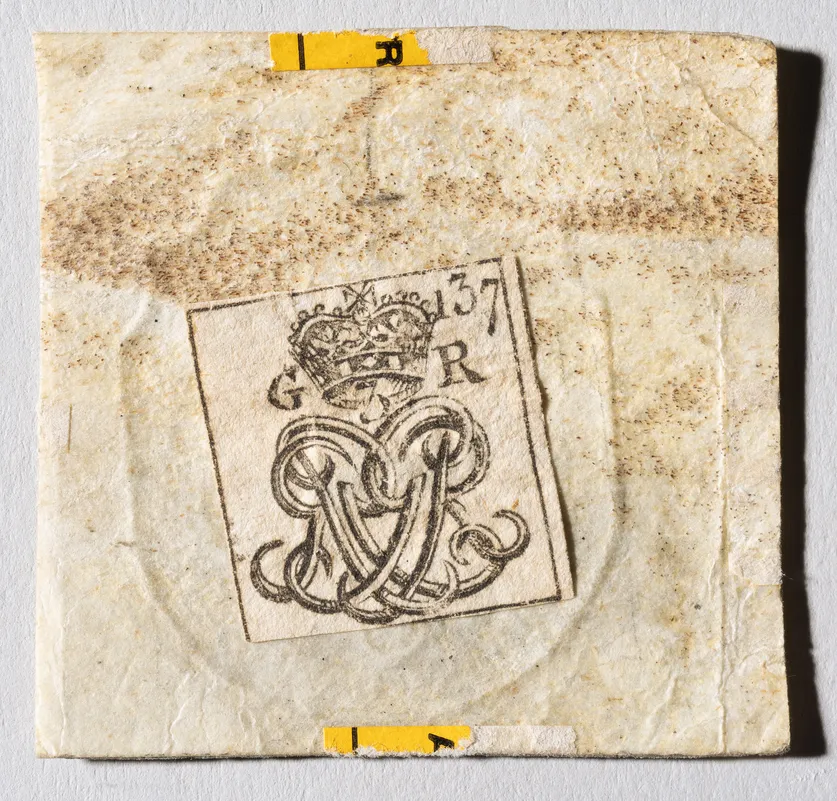
Learning to Think Historically
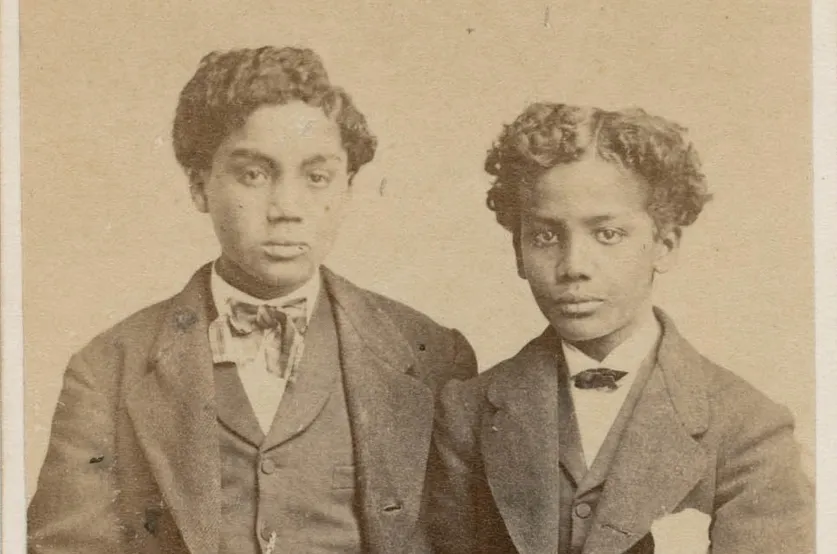
The American Revolution: An Overview
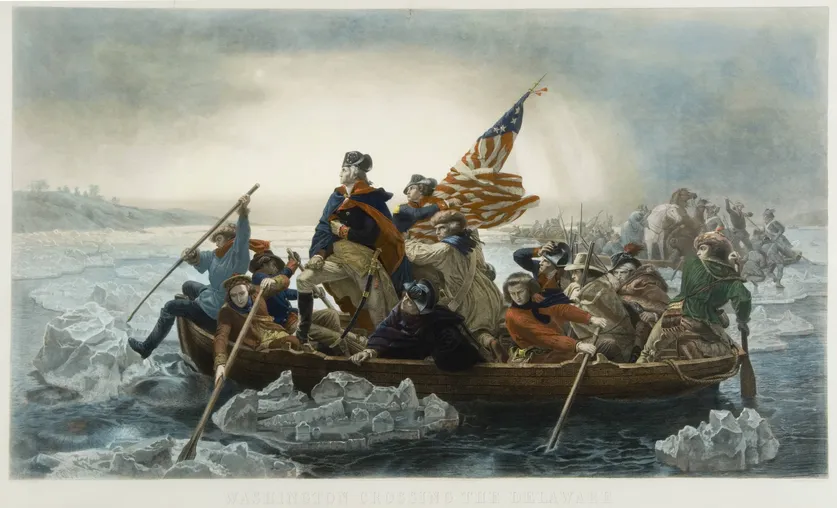
Life in the Thirteen Colonies
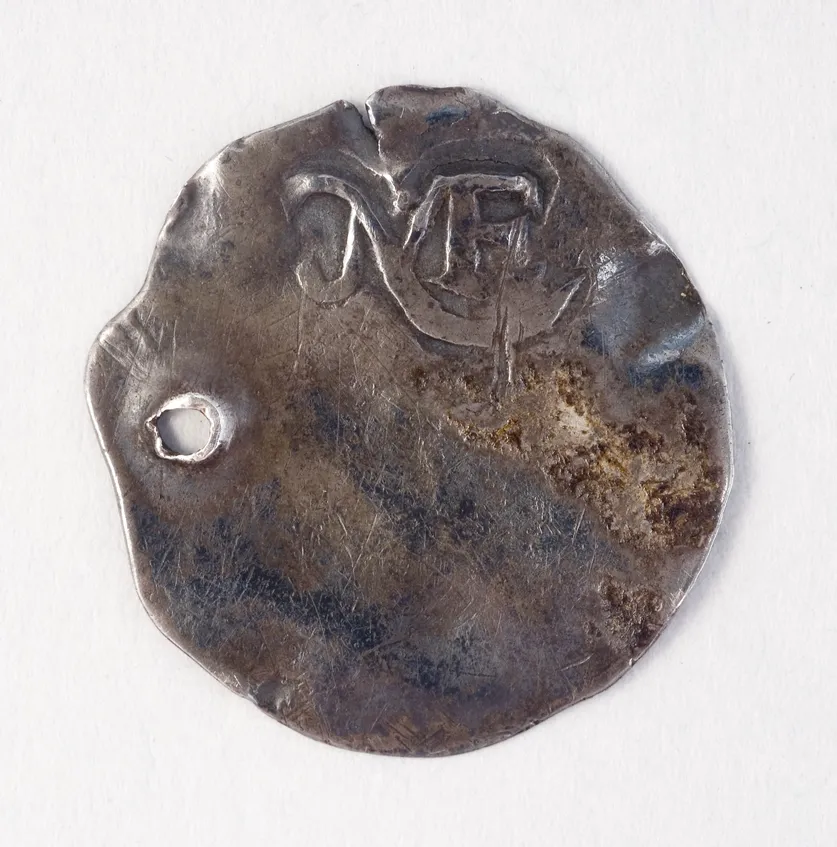
Educational Videos
(69)
Resource Contributions
(31)
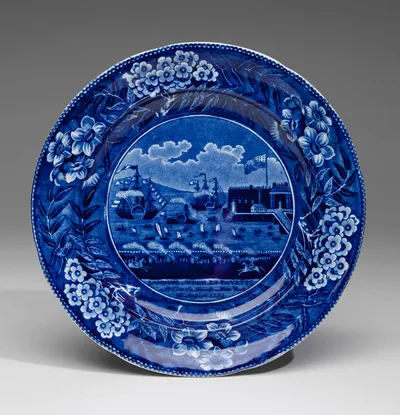
artifact
Landing of General Lafayette
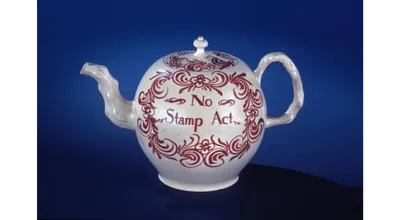
artifact
Teapot
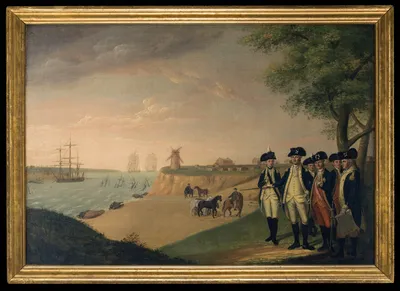
artwork
Washington and His Generals at Yorktown
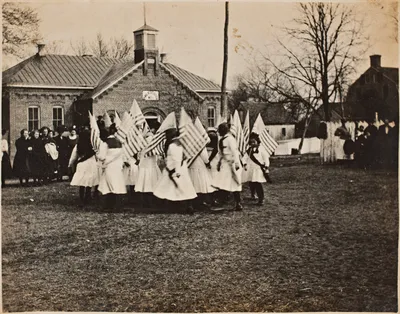
photograph
Photograph of George Washington’s Birthday Celebration
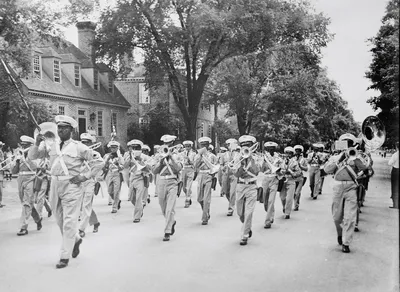
photograph
Parade Down Duke of Gloucester Street in Colonial Williamsburg
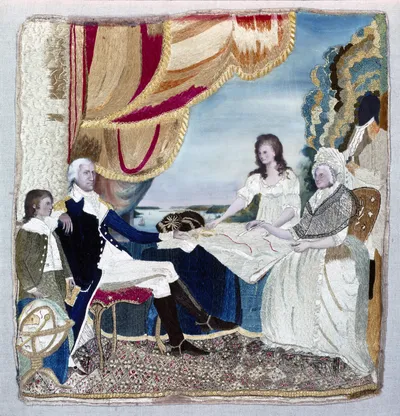
artwork
Needlework Picture of The Washington Family
